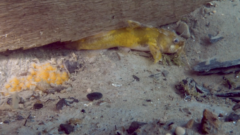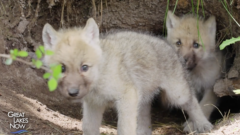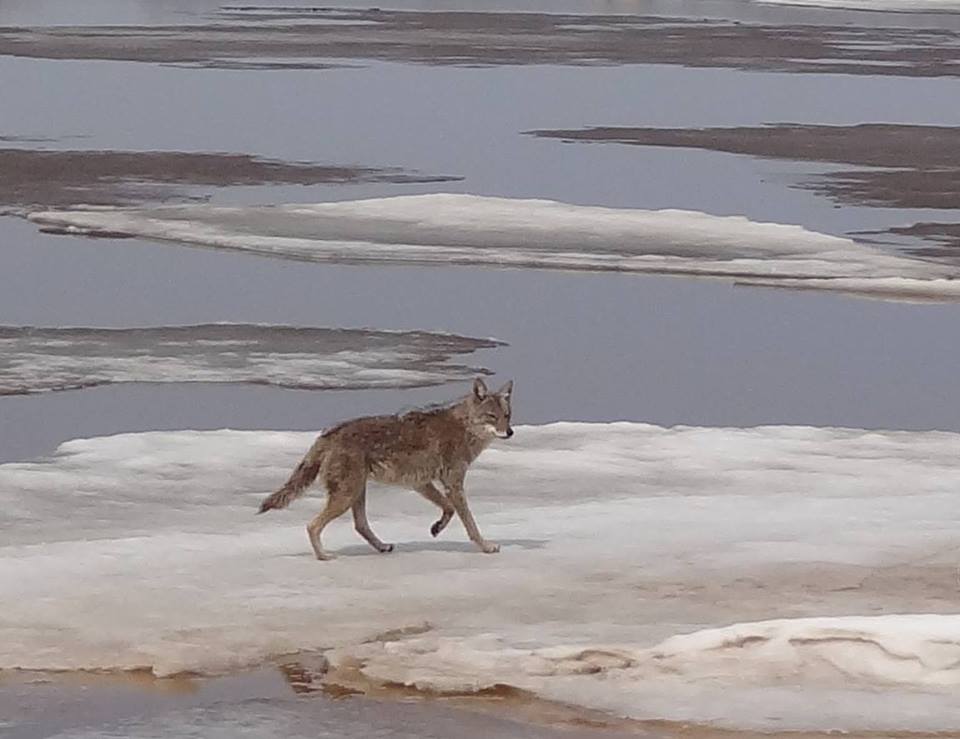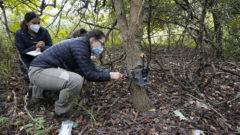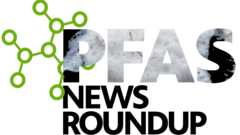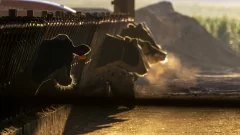City street trees mitigate climate change better than expected
Trees are an important component of controlling city flooding. According to researchers, removing a single tree can increase stormwater runoff by 1,585 gallons.
The post City street trees mitigate climate change better than expected first appeared on Great Lakes Echo.Great Lakes Echo
http://greatlakesecho.org/2022/12/12/city-street-trees-mitigate-climate-change-better-than-expected/

